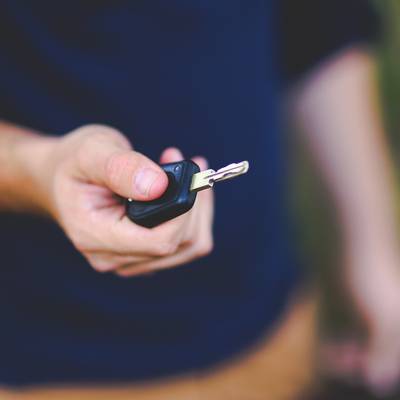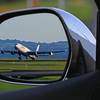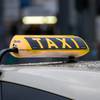
How do I rent a car in Costa Rica?
If you're planning to self-drive in Costa Rica, you need to consider a 4x4. While some major roads are paved, many others are still little more than dirt tracks. Add in heavy rainfall and you've got a muddy mess to navigate. Even if the weather is dry, keep your eyes peeled for potholes which can cause car trouble. Keep water and snacks in the car in case you break down, and try to carry a mobile with you so you can contact the car rental company if needed. If the idea of driving sounds intimidating you can opt for a guided trip that includes transport.
Most car-rental companies are located in San José and at or around the international airports near Alajuela and Liberia, though you can also rent cars in various towns around the country. Local agencies invariably provide a much better deal than the major overseas operators (Vamos and Adobe are particularly recommended), although renting outside San José is usually a bit more expensive. During peak season (December to March), it’s wise to reserve a car before you arrive.
Buying basic insurance is mandatory, even if you have your own. “Basic” insurance in Costa Rica tends to only cover damage by you to other people’s vehicles, not your own. Given the rudimentary state of some of the roads and the aggressive driving of some of the people on them, it is worth paying extra for full insurance. This will add to your car-rental costs considerably, however, with full insurance starting at around 172,000 CRC (305 USD) per day.
Note that you have to exercise caution when renting a car in Costa Rica. It is not uncommon for rental companies to claim for “damage” they insist you inflicted on the vehicle. Be sure to check the car carefully before you sign off the damage sheet.
In Costa Rica, all you need is a valid driver’s license from your home country to operate a vehicle. Also be sure to have your passport in case you get pulled over. There is no requirement for an international driver’s license. Seatbelts are required. Children under the age of 12, subject to certain height and weight limits, are supposed to be restrained in car seats or booster seats.
The best way to navigate your way around Costa Rica is to reserve a GPS unit with your rental car reservation. This is extremely helpful and many locals use it as well. Though main roads and destinations have signage, the GPS can be a tremendous tool, especially when hooked up to BlueTooth for hands-free audio directions. Alternatively, if you have a smartphone with a good international data plan, download an app called WAZE, which works great in Costa Rica. You can also get a WiFi device for your car so you don't have to use roaming.
One thing to note for rural areas, like getting around Nicoya Peninsula, for instance: technology may tell you to take a route thinking it's faster when it's actually much slower due to poor road conditions, rivers, and/or closures due to recent rain. When traveling in rural areas, make sure to check with your local specialist before setting off on a two-track road that your GPS or app is telling you to take despite your concerns.
In residential areas the speed limit is 40 km/h. The maximum allowed speed on highways is usually 80 km/h. There are some highways where you are allowed to drive 90 or even 100 km/h. At sections where the highway passes villages the speed limit is 60 km/h. In areas of hospitals the speed limit is 25 km/h.
Driving is on the right-hand side of the road, like in most countries.
More information about legal issues of driving in Costa Rica.

What can I bring home from Costa Rica?

Is there tea and coffee culture in Costa Rica?

What type of adapter do I need for the outlets?

How do I use ATMs in Costa Rica?

What is the best time to visit Costa Rica?

 How to get to Costa Rica?
How to get to Costa Rica?
 How to get to San Jose from the airport?
How to get to San Jose from the airport?
 How do I get around in Costa Rica?
How do I get around in Costa Rica?
 What do I need to know about driving in Costa Rica?
What do I need to know about driving in Costa Rica?